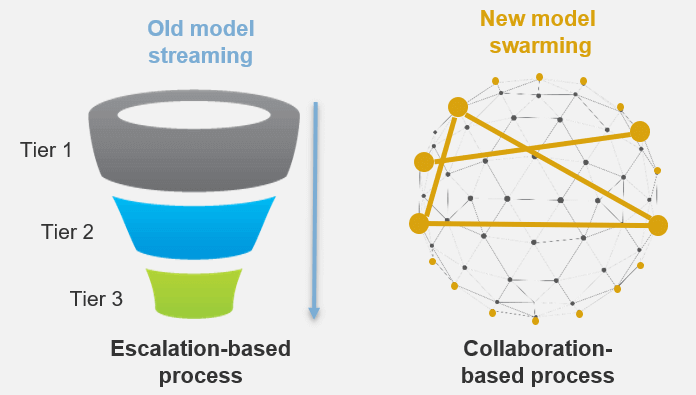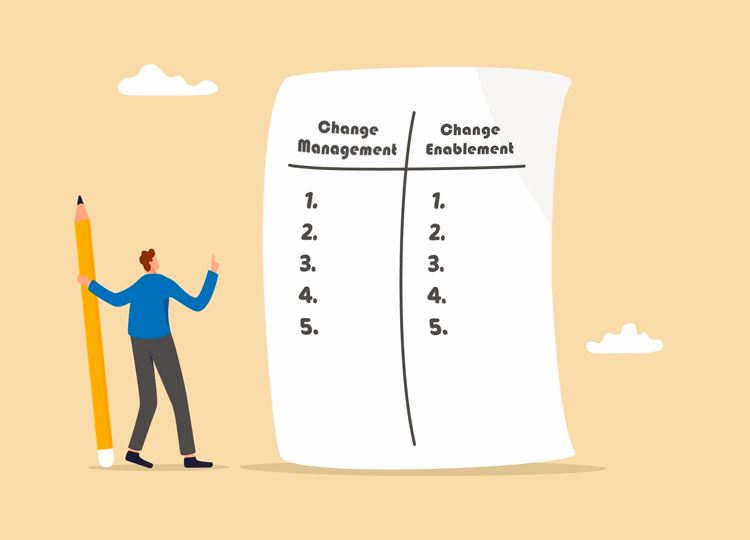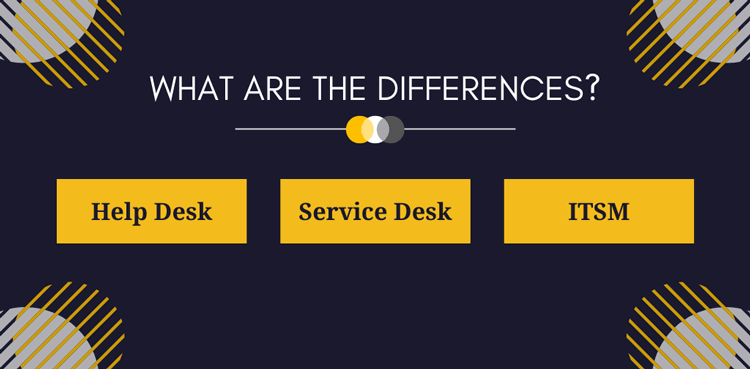Intelligent Swarming Support Model: Getting the Job Done Through "Controlled Chaos"
The best IT services look for ways teams can work more effectively and efficiently to resolve issues and improve customer satisfaction. This can often include collaboration among IT specialists, including the service desk, technical support, and development teams. Leveraging their collective knowledge and skills can lead to faster and more effective ticket resolution. One such support methodology is called Intelligent Swarming.
Below, we define the Intelligent Swarming Support Model for IT, discuss its advantages and disadvantages, and compare it to the more classical Tiered Support Model.

What is the Intelligent Swarming Support Model in IT?
The Intelligent Swarming Support Model is a customer service strategy that involves a collaborative effort among support agents and experts from different teams within an organization to solve complex service cases or major incidents. Swarming is a fancy way of saying "let's get the right people together to fix this issue." The idea behind the swarm theory is that when people work together in real-time, they can share their knowledge and ideas more effectively, which can help them solve the problem faster than if each person were working on their own. Think of it like a brainstorming session, but with a specific goal and a sense of urgency.
To provide an uncomplicated example, let's say a company experiences a major outage or system failure. In this case, teams from different areas, such as development, operations, and network security may "swarm" together to quickly identify the cause of the problem and work together to restore service as quickly as possible.
As an alternative approach to IT support, it may be better suited to certain organizations. Instead of operating in a strict hierarchy, the Swarm methodology encourages collaboration and cross-functional problem-solving.
Advantages of the Intelligent Swarming Support Model
The Intelligent Swarming Support Model can result in:
- Faster problem-solving
- Improved teamwork
- Increased productivity
With this approach, teams can work more effectively and deliver higher-quality results for an end-user.
A few other key advantages of Intelligent Swarming support are explained in the following:
- Skill development: The Intelligent Swarming Model can utilize the diverse skill sets of team members in the organization. It enables employees to learn from one another while working towards a shared goal.
- Increased productivity and efficiency: When the entire team focuses on completing a single task, there is less context switching, which can drain time. Instead, team members can work together to ensure tickets close as quickly and efficiently as possible.
- Taking initiative (empower your employees): Swarming encourages service desk employees to take initiative by collaborating with members of development teams to find solutions to customer issues. This approach enables support personnel to convey the customer's voice to specialists and outside development teams, providing them with insight into what works best for the end user. In the Swarming Model, service desk employees make critical calls for collaboration to service inbound tickets.
Advantages of the Tiered Support Model
The traditional Tiered Support structure is the go-to model for IT support. However, it is being challenged by the newer concept of "swarming." The Tiered Support Model operates on an escalation principle and divides the support process into different levels or tiers. Each tier is responsible for addressing support requests of varying levels of complexity. This approach ensures that the appropriate expert is assigned to each support request, which can lead to faster resolution times, improved customer satisfaction, and more efficient allocation of resources.
It can look something like this:
- Tier 1: Initial messages reach the service desk. These employees may not be "specialists," but they have general knowledge across a spectrum of organizational products and services. They may be able to service a ticket without escalating it further. If not, they can route it to the next level of support.
- Tier 2: This level of service can be slightly more specialized than that of Tier 1. They may have more inside knowledge of a particular product or service. For example, this can be an employee who works directly with a program every day as part of their role.
- Tier 3: This hierarchy level is the highest and most technical. For example, this team can consist of developers who built a particular product from the ground up - nobody knows it better than them.
Some of the main benefits include:
- Recurring issue management: Tiered Support is suitable for handling recurring and easy-to-resolve issues like simple requests or questions. If your organization's help desk receives many similar inquiries, a Tiered Support Model may work best, as it avoids dragging other teams into unnecessary situations.
- Don't overwhelm specialized teams: Tier 3 specialists only deal with complex issues that require their expertise, avoiding being overwhelmed by minor inquiries that Tier 1 and 2 support teams can handle.
- Better knowledge management: Each tier can document its processes and solutions, which can be shared with other levels. This process can lead to a more efficient and effective support structure overall.
Tiered Support vs Swarming: Can They Co-exist?
You may see the benefits of Tiered and Intelligent Swarming Support Models for your organization. While you may predominantly receive tickets that are simple resolutions for Tier 1 support, you can never rule out the occasional complex issue that requires the brainpower of many teams at once. With this in mind, deploying a hybrid support system consisting of Tiered and Intelligent Swarming Support Models is possible. Here are a couple instances where training your teams on both methods can be handy:
- Initial triage: An organization can have a flexible workflow that allows support teams to choose between Tiered Support and Swarming, depending on issue complexity. For simple issues, the support team can use a Tiered Support approach, whereas, for more complex issues, the support team can initiate a swarm to resolve the issue more efficiently.
- Specialized teams: An organization can have special support teams that focus on specific areas of expertise. For example, a Tier 3 support team can specialize in network infrastructure issues, while another Tier 3 support team can specialize in application-level issues. In this case, the organization can use Tiered Support and Swarming to resolve tickets that require cross-functional expertise.

The Bottom Line: Collaboration is Key
Swarming is a strategy that is particularly effective when dealing with complex issues that impact individual customers, such as a security breach on a personal account, as well as larger-scale incidents that affect multiple customers, such as a power outage.
To tackle such challenges, a collaborative approach is necessary, which involves multiple teams, departments, and external partners working together towards a resolution. Swarm intelligence software may also be used to optimize the approach in terms of bringing teams together and for knowledge sharing.
Giva's ITSM Software for the Best Support
Giva's IT Service Management software offers the following features to help you take your services to the next level:
- Create and reuse knowledge with our ticketing system system
- Rapidly update and close incidents with Macros, Quick Incidents, copy/duplicate Incidents and keyboard shortcuts
- Quick Resolutions leverage key solutions already created
Giva now has integrated Artificial Intelligence technologies. Watch this video on our AI Copilot ticking assistant.
Let Giva be your ITSM partner. Start a free 30-day trial today!





